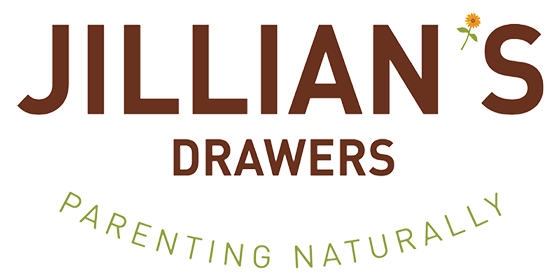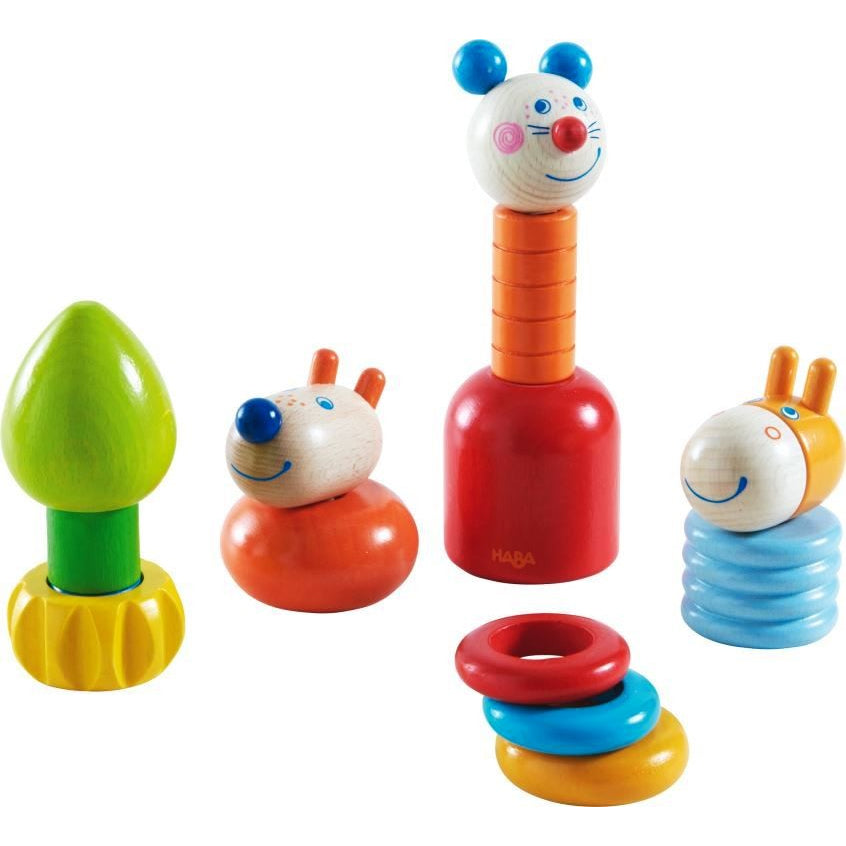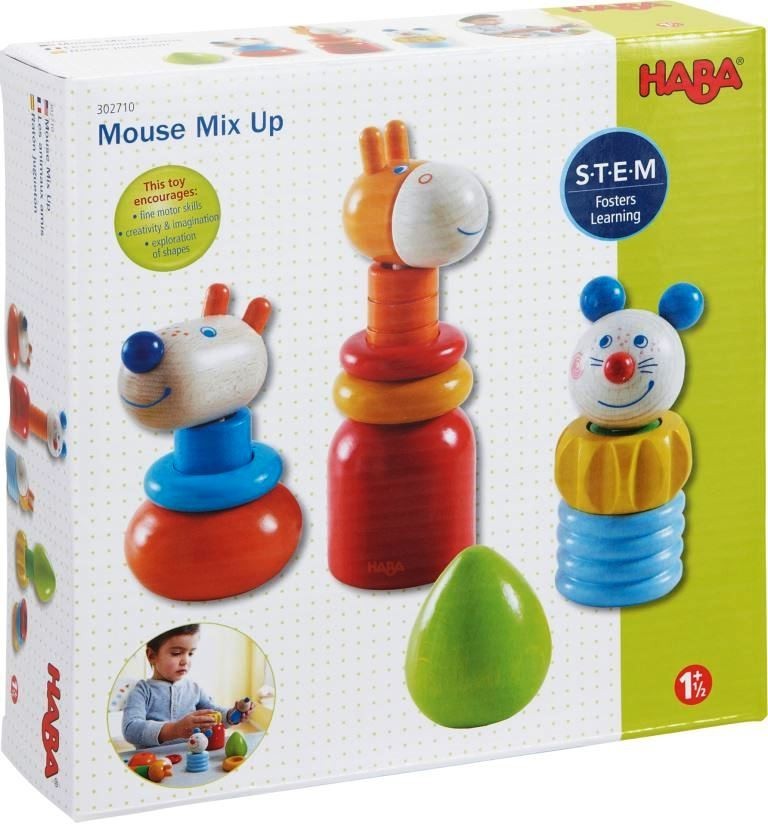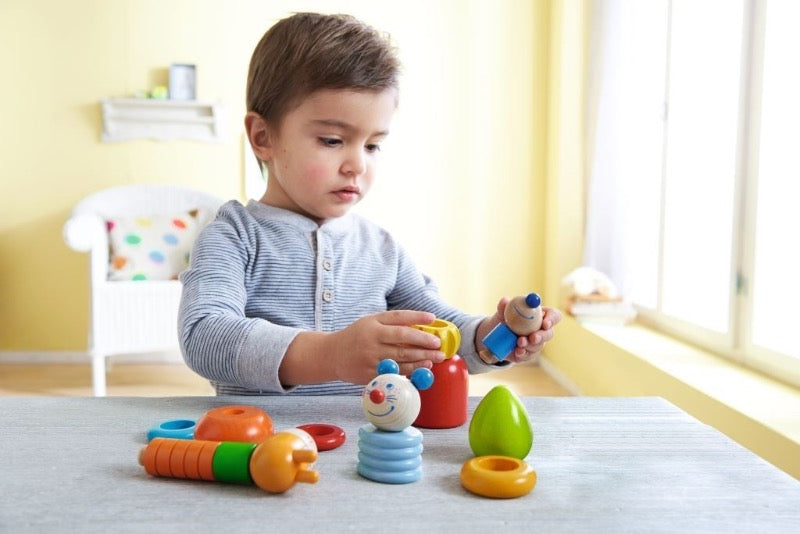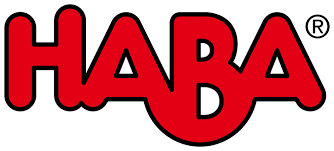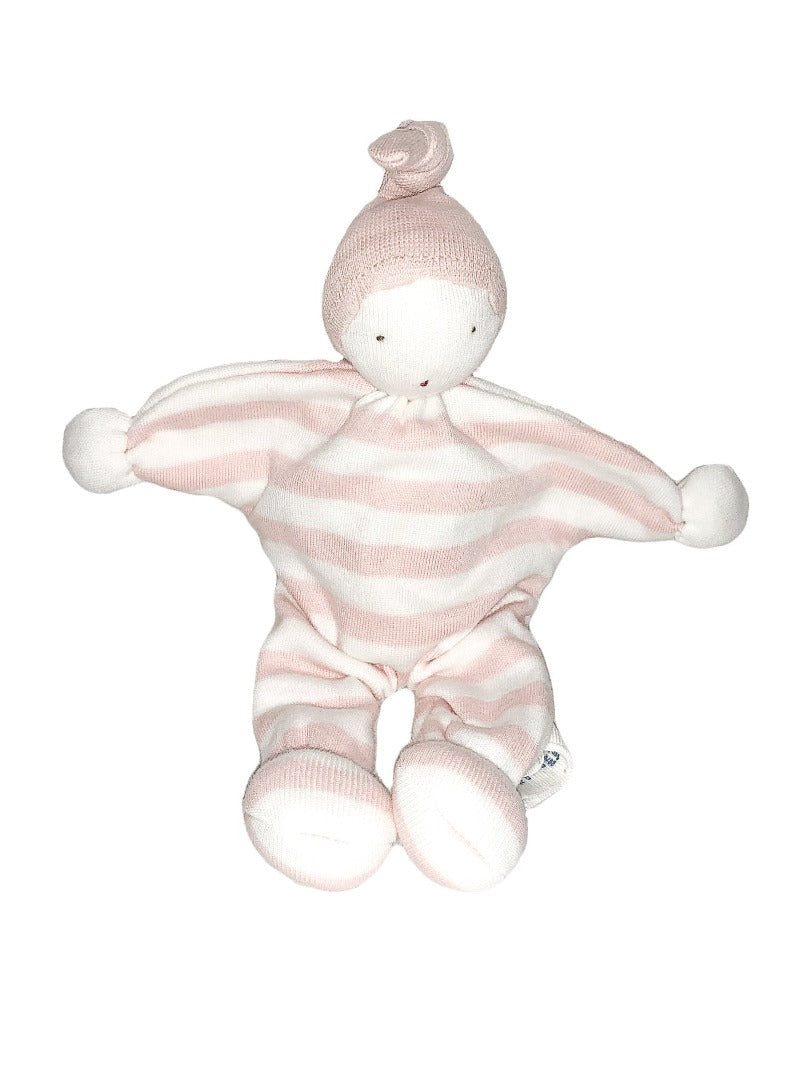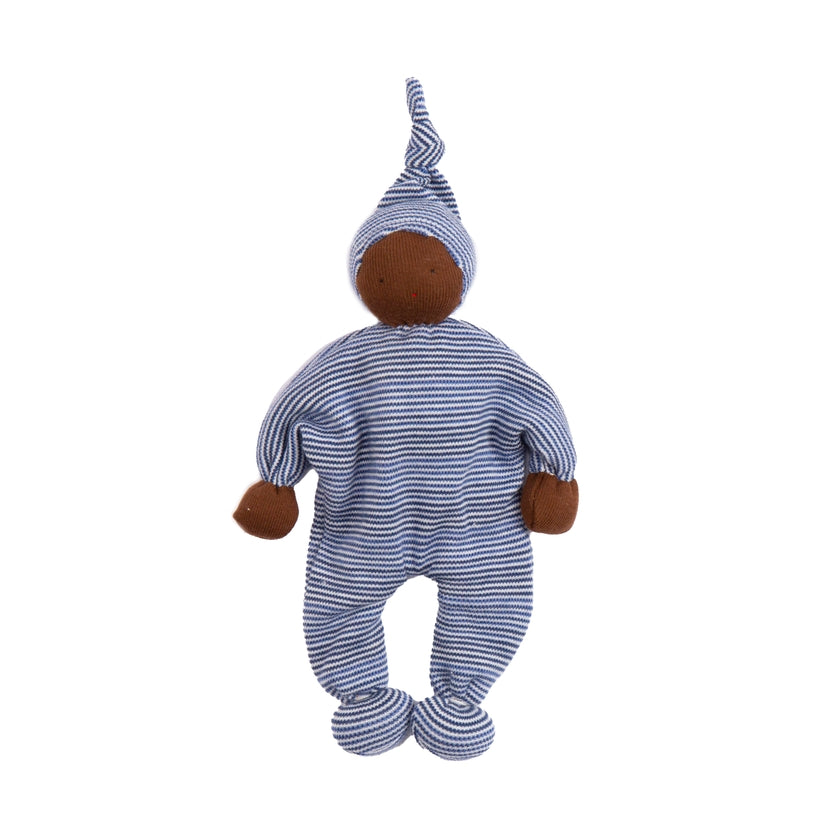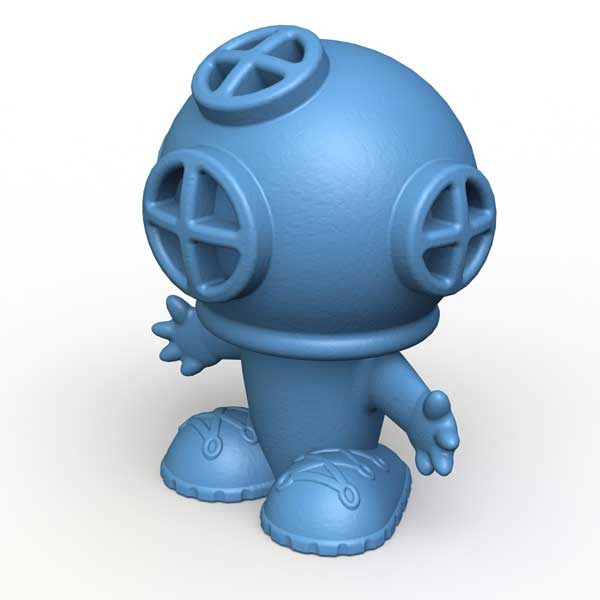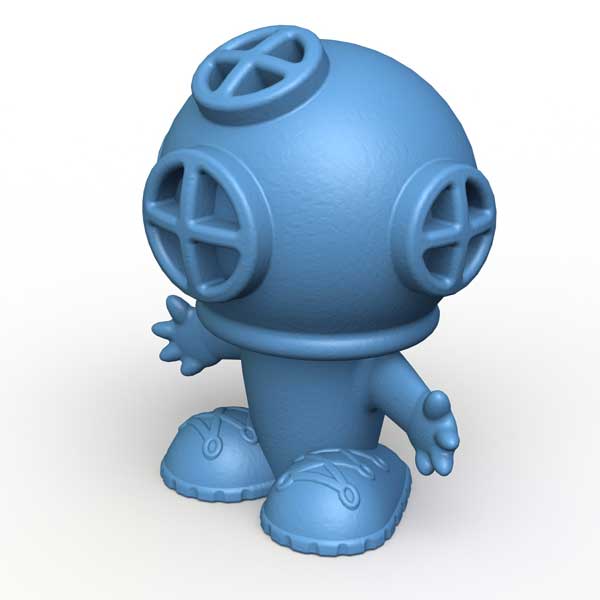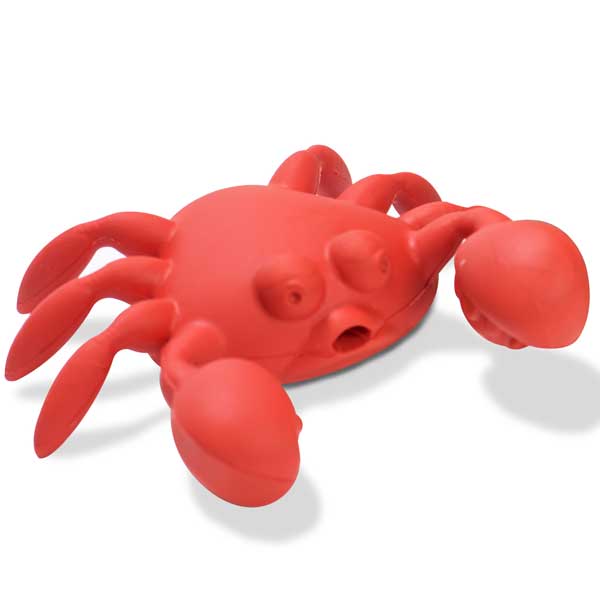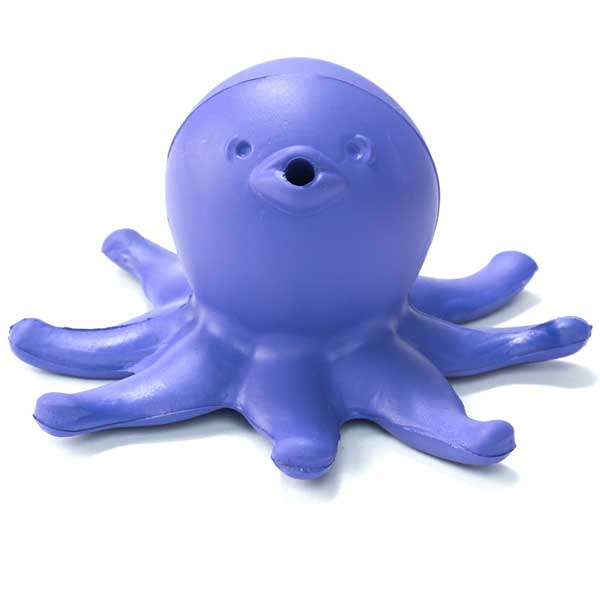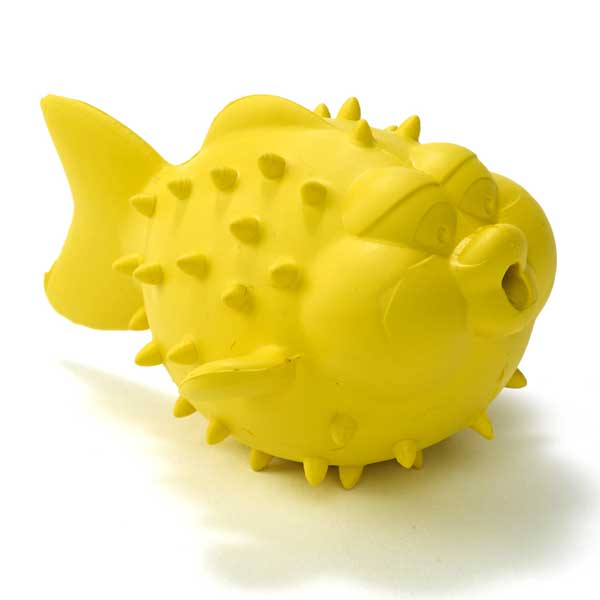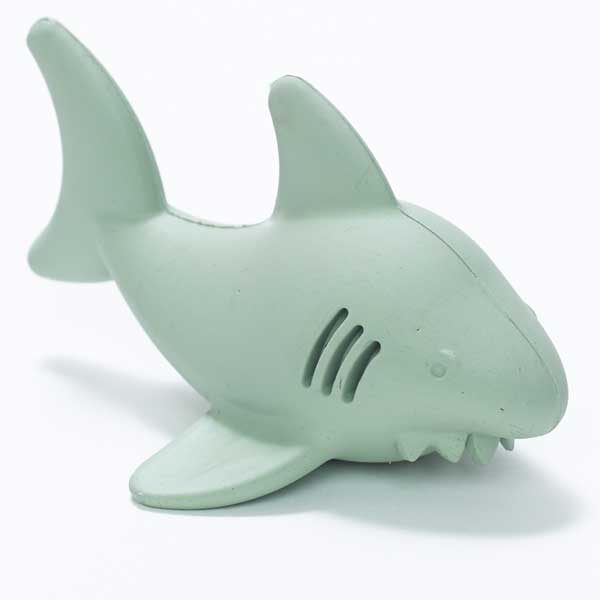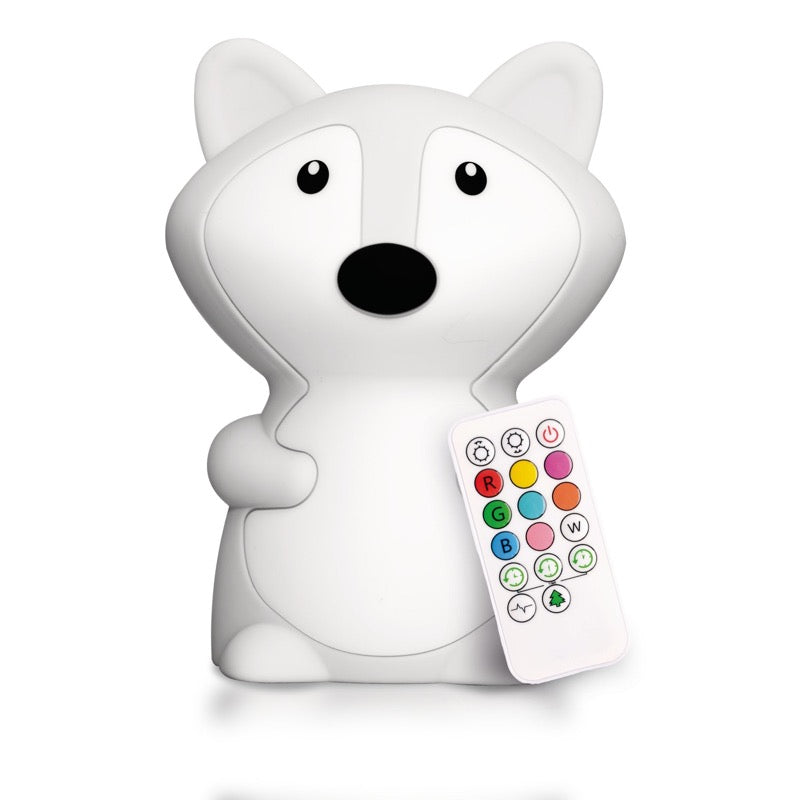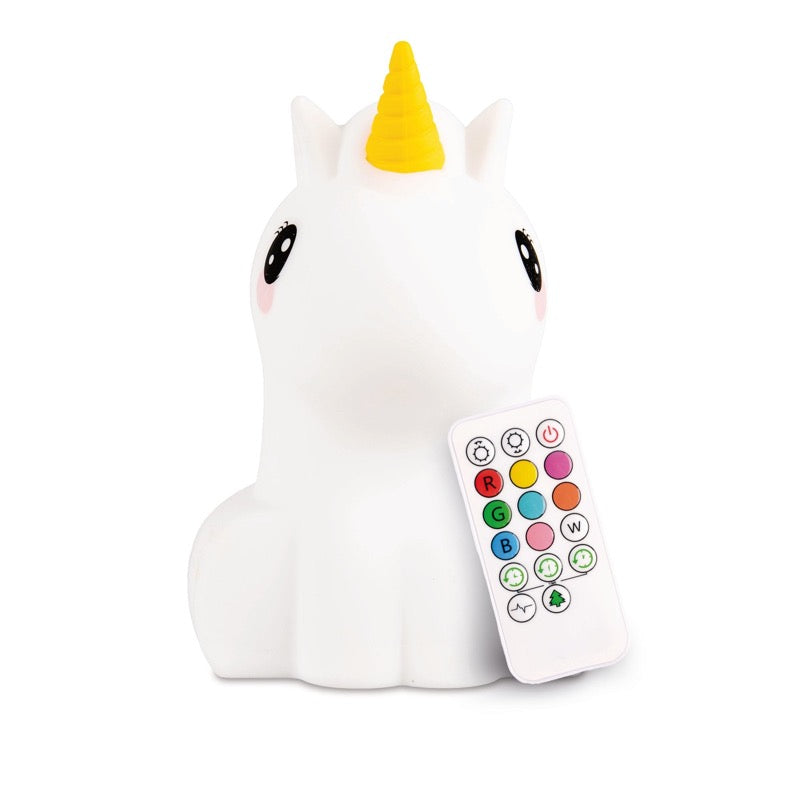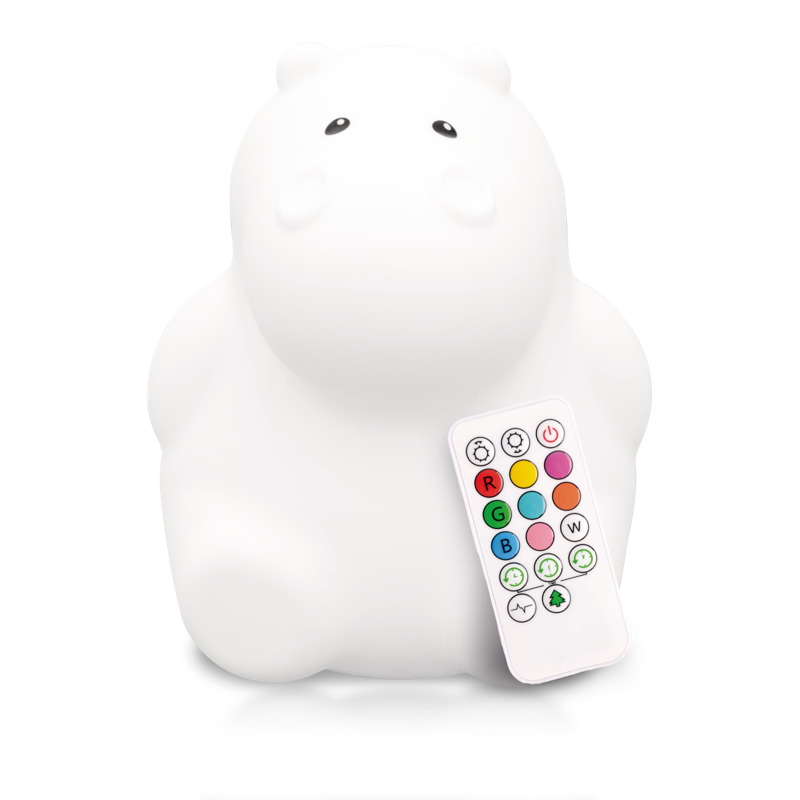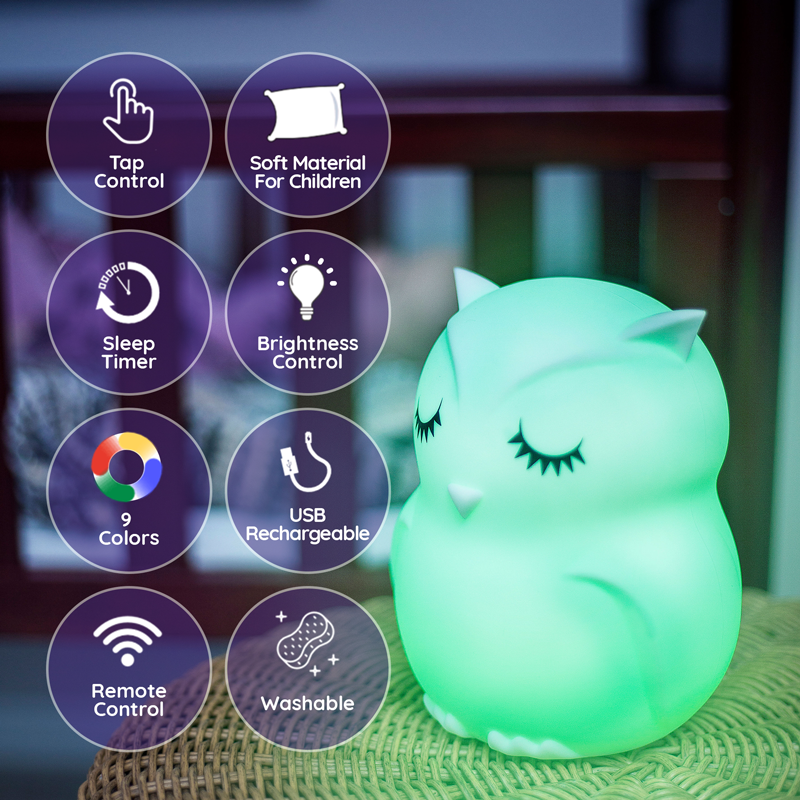Budding builders can stack the animals however they like to make three amusing animals, a tree or just one large creative creature. Which head should the funny animal have? Fascinating, imaginative building fun again and again that fosters fine motor skills. STEM toys encourage kids to develop skills in the core disciplines of science, technology, engineering, and mathematics.
For ages
18 months+
Size
14 wooden pieces of varying sizes
Warranty
Did you lose or break a piece or part? Click here to find a replacement part!
Did your item come missing a part or piece? Click here to get what was missing!
Videos
Product Origin: Designed in Germany, Made in China.
About Haba
HABA’s company philosophy is based on one simple principle: Children are the most important things in life. Instilling fundamental values, helping them become independent and develop into creative and imaginative people is not the exclusive job of the parents; children grow up in a complex network of relationships. Siblings, friends, care-givers, teachers—they all have an influence on child development. In addition to the people in their life, the environment and the objects around them play a major role in their development from the first day on.
Balance
The owners of this family company identify with the social market economy. Only companies which work towards obtaining profit safeguard their futures. We take the word “social responsibility” seriously. Both in terms of social benefits for our employees and relationships with partners.
Conscience - We breathe environmental protection and sustainability!
Proactive environmental protection and sustainable production have been fundamental components of our company philosophy for years. As early as 1999 HABA was the first German toy manufacturer to comply with EMAS, receiving DIN ISO 14001 certification for environmental management. Short transportation routes, modern production techniques and innovative materials are a matter of course for us. We use new organic materials from sustainable resources, as well as wood from sustainable silviculture and textiles, plastics and paperboard from renewable resources.
